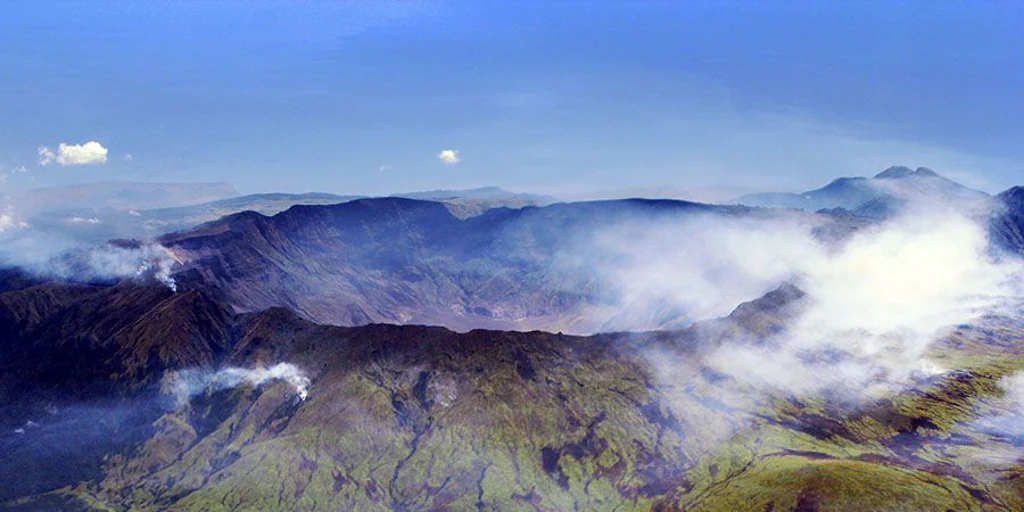Now scientists know exactly why

For residents of the Northern Hemisphere, 1816 was the year without summer. Average temperatures worldwide dropped several degrees, so much so that the climate in the United States was exceptionally cold throughout the year, with ice storms occurring in mid-June and rivers still frozen over in the month of July.
On the other side of the Atlantic, in Europe, things were not much better. Torrential and freezing rain, which, in the case of Ireland, lasted for eight consecutive weeks in July and August, made it impossible to go for a walk in the streets of London.
The effects of the sudden drop in temperatures spread to Asia, where the normal monsoon season was disrupted, with serious consequences for agriculture. Bad weather caused entire crops to be destroyed on both sides of the Atlantic in 1816. Due to which famine occurred in many affected areas of the Northern Hemisphere.
Reason, in Indonesia
But what was it that turned 1816 into an endless winter? The roots of the problem must be sought a year earlier, in 1815, and in a very distant place, Indonesia. In fact, on April 10 that year, the Tambora volcano suddenly erupted, killing more than 115,000 people, vomiting more than 100 cubic km of magma and releasing massive amounts of dust, ash, and sulfur dioxide into the atmosphere. It was the most powerful explosion ever recorded in history.
A direct link between the Tambora eruption and the ‘year without summer’ that followed shortly thereafter was established long ago, but now an international team of researchers has managed to unearth the details and concrete consequences of that event. Global climate. The results have just been published in ‘Environmental Research Letters’.
«The eruption of Mount Tambora in April 1815 – says Andrew Schurer of the University of Edinburgh and lead author of the study – was one of the most explosive of the last millennium. It had a huge impact locally and devastated the island of Sumbawa. The eruption released massive amounts of sulfur dioxide (SO2) into the stratosphere, which rapidly spread around the world, oxidizing and creating sulfate aerosols. These volcanic aerosols reduce net shortwave radiation, causing widespread and long-lasting surface cooling. “They also reduce global precipitation, while wetting some dry areas and driving dynamic changes in the large-scale circulation of both the ocean and the atmosphere.”
The researchers combined available data with new climate simulations from two different models, with the aim of determining whether and to what extent Indonesia’s volcanic activity increased the likelihood of cold and wet conditions in that ‘year without a summer’. Was influenced.
The results show that, without the Tambora eruption, models can explain only a quarter of the unusually cold conditions of 1816. In other words, the eruption was, without a doubt, the main cause of the sudden change in climate. In Schurer’s words, “Incorporating volcanism into climate models can explain cooling, and we estimate that it increases the likelihood of extreme cold temperatures by up to 100 times. (…) Mount Tambora played a major role in the cold conditions observed and likely also contributed to the unusually wet conditions. Without volcanic force, it is unlikely that year would have been so wet and much less likely it would have been so cold.